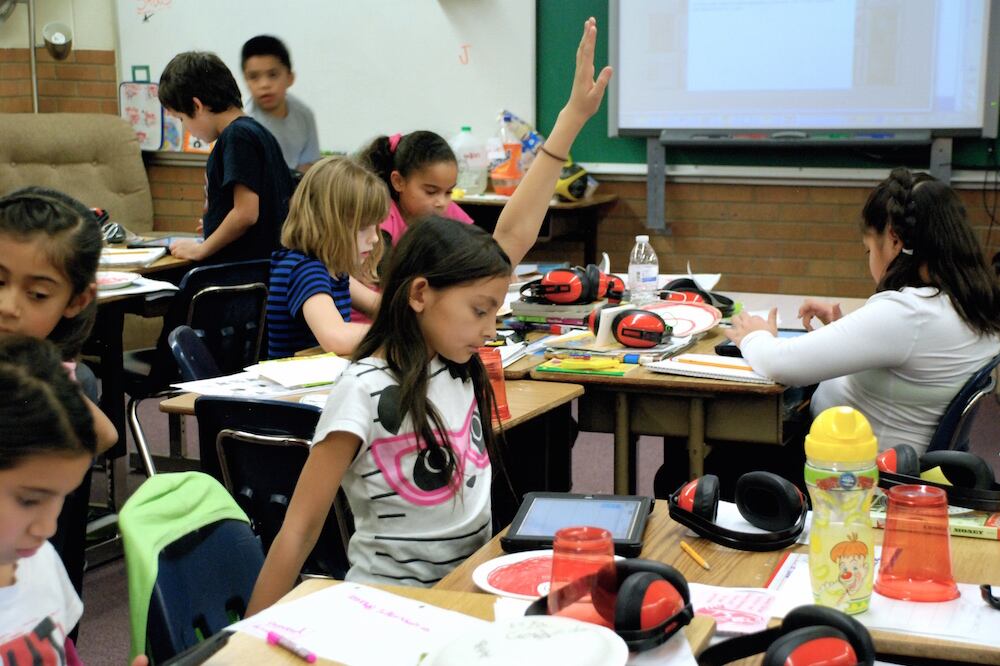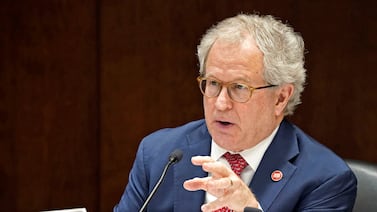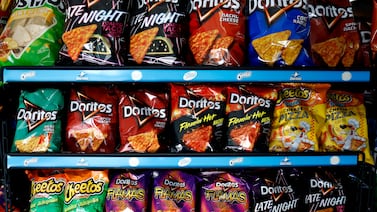More than half of Jeffco elementary schools are losing students, a change that’s leading to higher costs to educate those who remain and forcing schools to combine classrooms and make other compromises.
That’s according to school-level data published by Jeffco Public Schools as board members kick off a conversation about one of the hardest decisions they face: which schools to close or consolidate.
Jeffco has been dealing with declining enrollment for years, and like many other metro area districts is closing small schools. Citing an emergency caused by critically low enrollment, the district closed two schools in the past two years, giving little notice to parents. Now Jeffco is trying to think further ahead.
The school board asked administrators to compile statistics about all elementary schools, to look at factors beyond school size. Board members plan to discuss the report Tuesday.
So far, district leaders have said they plan to use enrollment and building utilization, or how much of its space is actively used, as the main factors in deciding which schools to close.
School board members have wondered about considering other factors such as student demographics, whether the school has combined, mixed-grade classrooms, or whether the building is used a lot by the community for other purposes.
Superintendent Tracy Dorland is expected to present recommendations for school closures to the board at the end of August.
Chalkbeat analyzed data the district published online last month on each of the 84 district-run elementary schools.
Here are some key takeaways.
1. More than a dozen schools use less than 60% of their building capacity and are also expected to serve fewer than 250 students next year.
Of 84 elementary schools, 30 are projected to have fewer than 250 students this fall. Of those, 16 already use less than 60% of their building’s capacity.
The district’s public dashboard includes preschool students in calculating how much of a building is used but doesn’t include preschool students in the enrollment number. The enrollment number is based just on older students. Districts get different funding for elementary and preschool students.
The 16 low-usage schools are mostly concentrated in the district’s communities that are closer to Denver. Six of the schools are in Arvada, where Jeffco already recently closed two schools. Four more are in Lakewood, and three have a Westminster address.
District leaders haven’t decided how few students or what utilization level is too low for the district to sustain.
When looking at how many schools are expected to have fewer than 200 students next school year, there are 11 schools, including eight using less than 60% of their campus: Slater, Campbell, Thomson, Colorow, Glennon Heights, Peck, Molholm, and New Classical at Vivian.
It’s likely schools with these overlapping factors face a higher risk for closure. But district leaders also have said that to provide support for families transitioning to new buildings, the district will have to limit how many schools it closes in 2023.
2. Schools with low enrollment and utilization are also more likely to have a high concentration of students living in poverty.
Besides being mostly clustered in three cities bordering Denver, another factor that defines the schools with low enrollment and low utilization is having higher portions of students living in poverty. The 16 low-usage schools have an average of 50% of their students from low-income families, as defined by qualifying for free or reduced-price lunch. At schools with higher enrollment and utilization rates, the average student body includes just 23% qualifying as low income.
3. More Jeffco elementary schools will lose rather than gain students.
Overall, Jeffco expects elementary school enrollment to remain steady in the fall, with just a one-student increase. But change will vary among schools.
Projections show enrollment declining at 43 of 84 schools. Of those, more than two-thirds are expected to lose more than 10 students.
Meanwhile, enrollment is expected to grow at 38 schools, and about two-thirds of them will gain more than 10 students.
The gain or loss of even a few students can greatly affect budgets of small schools. Losing students can make it harder to hire enough staff, manage classroom size, and offer specialized programming, all factors that affect the quality of education.
4. Thirty-seven elementary schools have higher-than-average per-student costs.
District spending per elementary student ranges from $13,870 at Kyffin Elementary which had 441 students last school year, to $19,197 at Thompson Elementary which had 194 students.
The district gives money to schools based on enrollment and a few other factors including how many students qualify for free or reduced-price lunches. Schools with too few students can’t cover their costs and must get additional money from the district.
Jeffco leaders have said school closures aren’t just about saving money, but also about providing an equitable and robust education at every school.
Schools that cost more to run and still lack the programs that other schools offer are less sustainable. The district this year has hired a consultant to audit how the district allocates dollars to schools to re-examine student-based budgeting.
5. Sixteen schools are projected to have more combined classrooms next year.
In discussing how they believed education has suffered at schools they closed because of too few students in the past two years, Jeffco leaders pointed to classes combining two grades.
That burdens the teacher and diminishes student learning, they said, in part because teachers didn’t have grade-level colleagues to plan, train, or discuss with.
Last school year, the district had 53 classrooms combining multiple grade levels. Next year, the district expects to have 72 combination classes. Just four of the schools using combined classrooms in 2021-22 expect to be able to eliminate them in the fall.
There are 16 elementary schools that expect to have an increase in the use of these classrooms, including six schools where they haven’t been used in the previous year.
If you are having trouble viewing this form, go here.
Yesenia Robles is a reporter for Chalkbeat Colorado covering K-12 school districts and multilingual education. Contact Yesenia at yrobles@chalkbeat.org.





